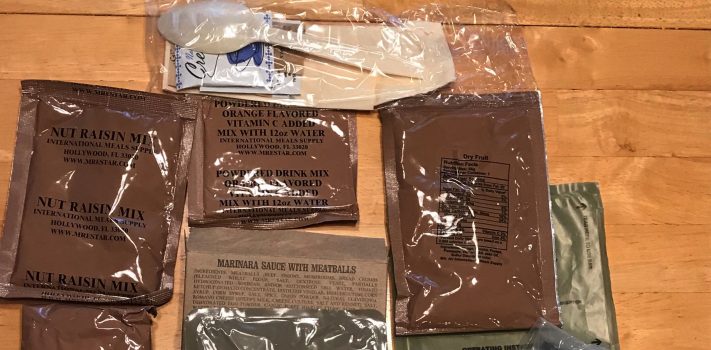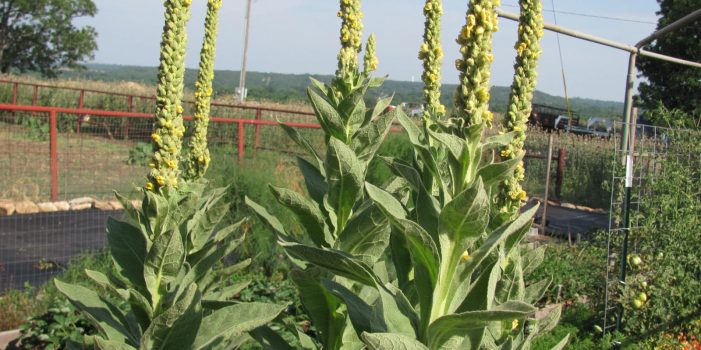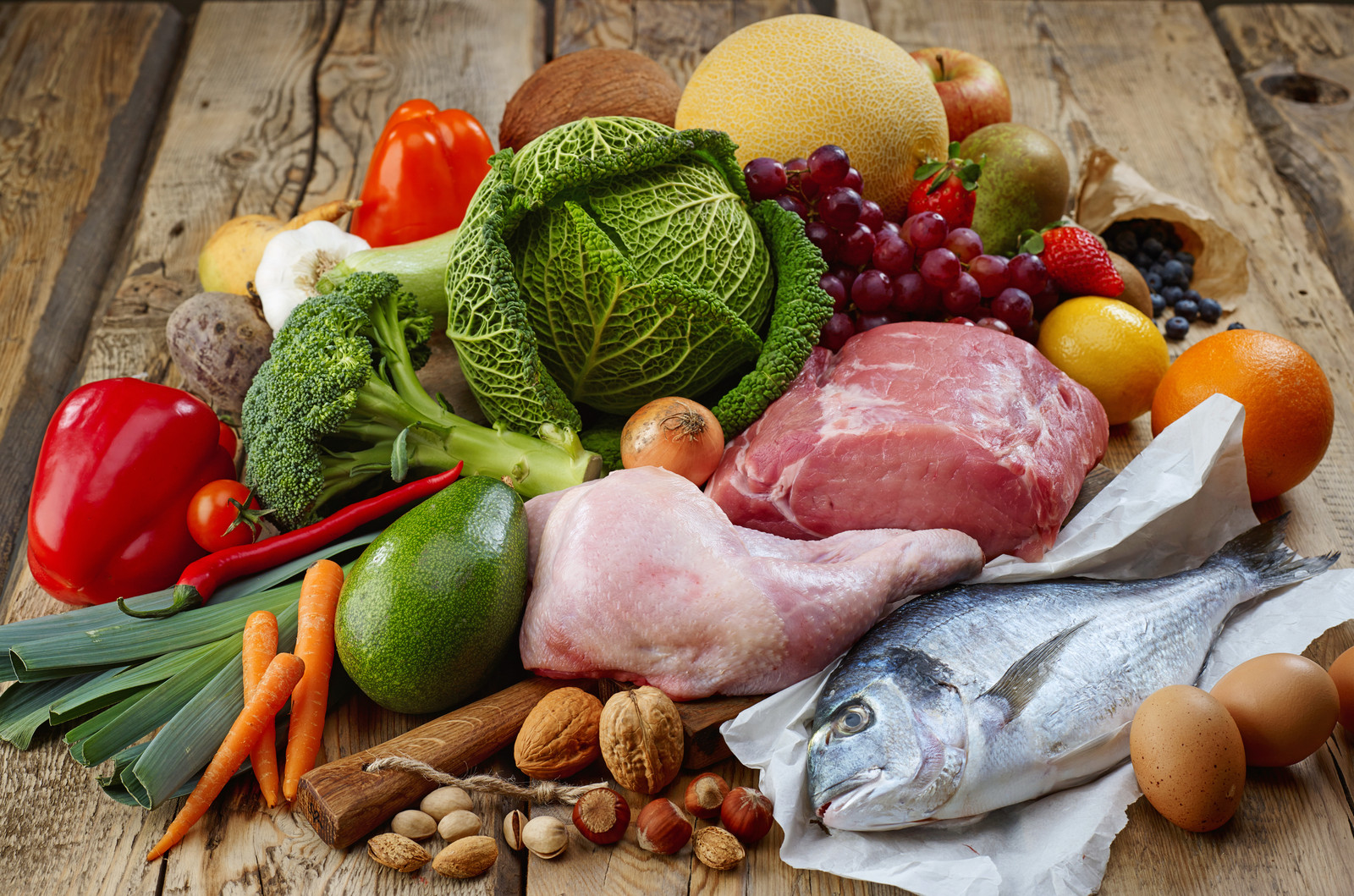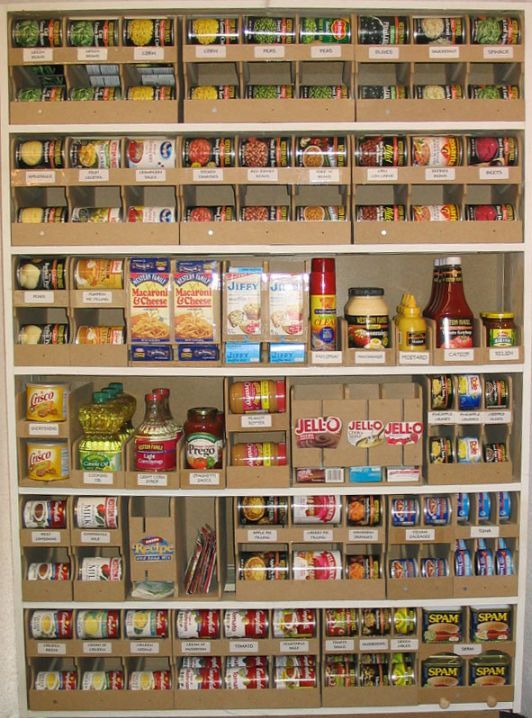Letter: A Recent Test of Stored 2008-Vintage MREs
Dear Editor: I am always interested in the viability of stored supplies, and am amazed at how quickly expiration dates are reached when one becomes a prepper. I’m the fellow that sent in the report of long-frozen yeast some months ago, and recently conducted a taste-test of an MRE purchased in August, 2008. I thought our brother and sister readers may be interested in my findings. The MRE was packaged by the MRE Star company, out of Hollywood, Florida. It was purchased in a case lot from a Brigade Quartermaster “brick & mortar” store in August, 2008. Though I have …













